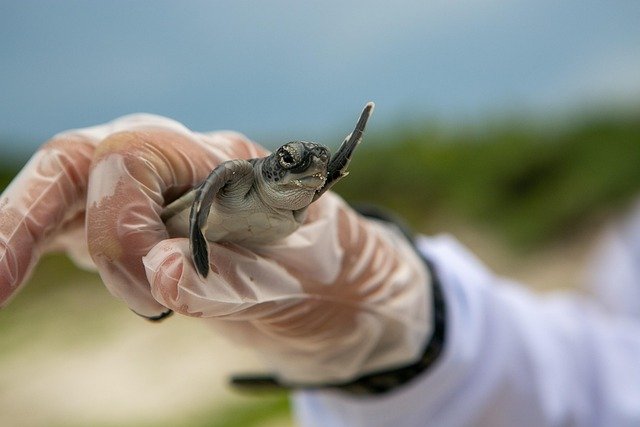Olfactory Adventures: The Secret World of Sniffing Dogs
Dive into the captivating realm of canine olfaction, where extraordinary noses lead the way in search and rescue, medical detection, and conservation efforts. Discover how these remarkable animals are revolutionizing various fields through their unparalleled sense of smell.

The Science Behind Canine Olfaction
The canine nose is a marvel of nature, with a sense of smell estimated to be 10,000 to 100,000 times more powerful than that of humans. This remarkable ability is due to the complex structure of their nasal cavity and the sheer number of olfactory receptors they possess. Dogs have approximately 300 million olfactory receptors compared to humans’ mere 6 million, allowing them to detect scents at concentrations as low as parts per trillion.
Moreover, the canine brain devotes about 40% of its sensory processing power to analyzing smells, compared to just 2% in humans. This heightened olfactory capacity enables dogs to distinguish between a vast array of scents and pick up on subtle changes in odor profiles that are imperceptible to humans.
Pioneering Medical Detection Dogs
One of the most exciting applications of canine olfaction is in the field of medical detection. Researchers have discovered that dogs can be trained to identify the unique odor signatures associated with various diseases and medical conditions. These specially trained medical detection dogs are now being employed to assist in early diagnosis and monitoring of conditions such as cancer, diabetes, and even COVID-19.
For instance, studies have shown that dogs can detect certain types of cancer, including lung, breast, and prostate cancer, with accuracy rates as high as 97%. They accomplish this by sniffing breath, urine, or blood samples from patients. The implications of this non-invasive screening method are enormous, potentially leading to earlier detection and improved survival rates for cancer patients.
Search and Rescue: Saving Lives with Scent
In disaster zones and wilderness areas, search and rescue dogs have long been valued for their ability to locate missing persons. However, recent advancements in training techniques and scent detection technology have taken their capabilities to new heights.
Modern search and rescue dogs are now trained to detect not only live human scents but also the specific odors associated with human remains. This dual-purpose training allows them to assist in both rescue operations and recovery efforts. Additionally, some dogs are now being trained to detect the scent of drowning victims underwater, greatly enhancing the efficiency of water search operations.
Conservation Canines: Protecting Endangered Species
The unique olfactory talents of dogs are also being harnessed in wildlife conservation efforts. Conservation detection dogs are trained to locate endangered species, their nests, or scat, providing valuable data for researchers and conservationists.
These eco-detection dogs have been successfully employed in projects ranging from tracking rare and elusive species like snow leopards and jaguars to detecting invasive plant species that threaten native ecosystems. Their non-invasive method of data collection is particularly valuable when working with endangered or sensitive species, as it minimizes human disturbance and stress on the animals.
The Future of Olfactory Detection
As our understanding of canine olfaction continues to grow, so too does the potential for new and innovative applications. Researchers are currently exploring the use of sniffing dogs in fields as diverse as archaeology, where they can help locate buried artifacts, and agriculture, where they can detect crop diseases before visible symptoms appear.
The market for trained detection dogs is expanding rapidly, with specialized training programs and working dog breeds commanding premium prices. A fully trained detection dog can cost anywhere from $15,000 to $50,000, depending on their specific skills and the complexity of their training.
As we continue to unlock the secrets of the canine nose, it’s clear that these remarkable animals will play an increasingly important role in solving some of our most pressing challenges. From saving lives in disaster zones to protecting endangered species and pioneering new medical diagnostics, sniffing dogs are proving that sometimes the best solution to a problem is right under our nose – or rather, under theirs.




